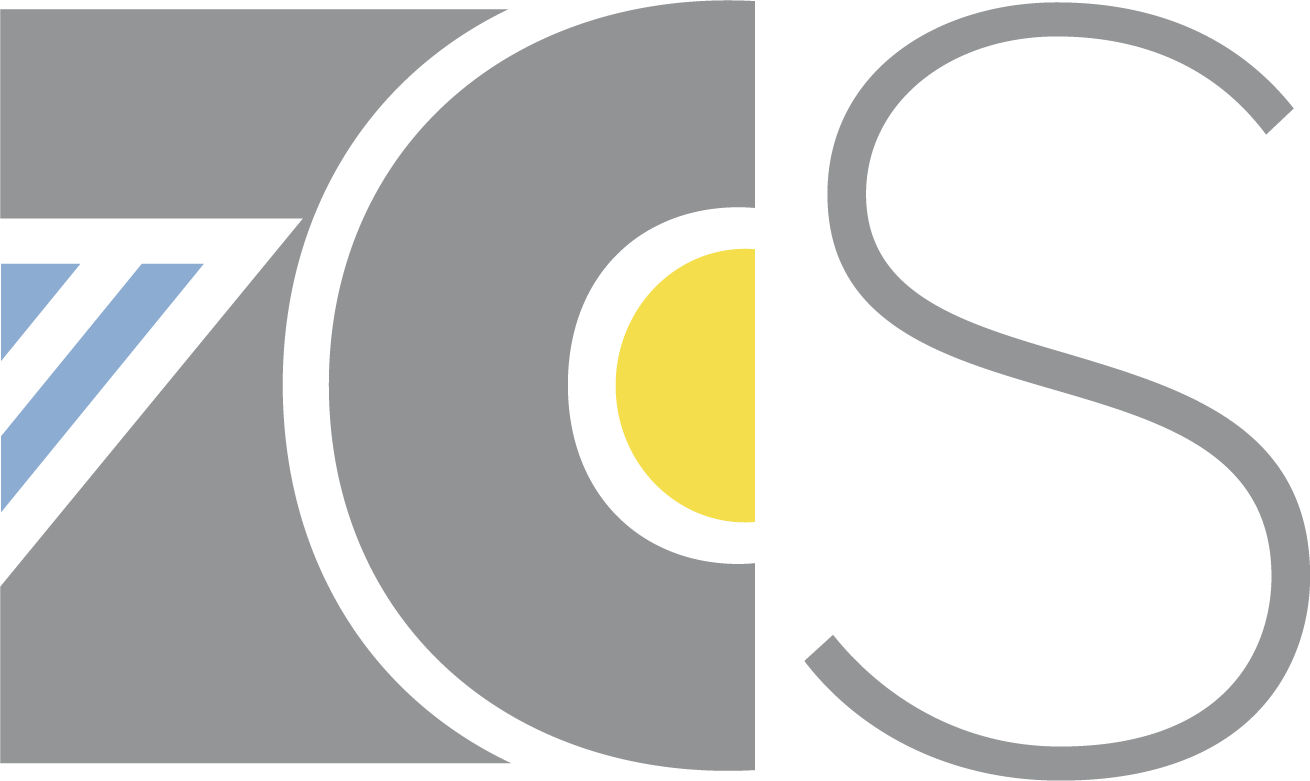The power of the every day.
As a geographer, I understand that it's the actions and rituals of our every day activities that create what we call ‘place.’ Place, in other words, is the spaces that are made unique, special, and are imbued with memory from the people who interact within it. It's also within these spaces that we as humans create our realities and establish meaning. So, while we recognize that big actions that come in a variety of forms like wide-spread mandates or multi-million/billion dollar investments in sustainable technologies all have a significant impact on how better we can tackle the climate crisis (and are, in fact, a necessary part of the equation) — they don't account for everything. Another fundamental geographic tenant is to recognize that scale matters. For me, I'm interested in what happens at the scale of human-to-human interaction and in how the things we do every day that may seem invisible from a distance — actually have an impact on where we are going and, it follows, on future generations. Feminists have been saying this forever: by making visible the invisible, we can better understand how to practice the kind of love and care we want to see in the world.
In celebration of this concept, the team at ZCS thought we’d share some of the things we do at the scale of the every day which impacts our environment in a positive way.
— Katy Robinson, Director of Operations & Culture
Sun-dried laundry.
[Glen] We hang all of our laundry because of Santa Monica’s number of days of bright sunshine. We almost never use our dryer and we find that our clothes last longer this way, which extends the life of our clothing (another long-term sustainable strategy)!
Composting.
[Glen] We do a lot of cooking, so we compost our kitchen scraps for reuse in our edible garden.
Native plants.
[Glen] We often spend our weekends tending our front yard — a California meadow of native sedges and grasses, which requires periodic digging out of the invasives that blow in!
Grow your food.
[Beth] Our baby kale garden is one example of making things work in a smaller space. Even though we don’t have a lot of room, this tiny raised bed provides our family with fresh and nutritious foods to supplement our meals.
Vermiculture.
[Beth] I started vermicomposting about 4 years ago. At first, I just had one worm bin, then I got another one. It was so fun to give my little buddies, the worms, my food scraps. With the passage of California’s new law, S.B. 1383, I am trying to put more and more food scraps, coffee grounds, tea bags, soiled napkins, etc in the worm bin. This new law requires residents to put food waste in green bins and dumpsters rather than the regular trash. The state of California estimated that composting will reduce greenhouse gases and is the equivalent to taking a million cars off the road each year. Wow!
Found objects.
[Katy] It’s a family pastime to use found objects from our neighborhood walks for use in an artwork, or other creative endeavor. We also learn more about our community and local environment this way.
Hike your backyard.
[Katy] Living in Southern California, we take advantage of the mountains and foothills that surround us. By making it a family activity, the love and respect for nature becomes instilled in the next generation.
Community.
[Katy] Have you found your local Buy Nothing group? They are an excellent way to get to know your neighbors and to provide still-useful objects a new life. From extra food you cooked, to help with fixing something, there is bound to be someone in your neighborhood that has a need or can provide.
Creative reuse.
[Katy] Living with a 6-year old who identifies as an artist, our house is filled with one creative activity after another. We LOVE our local creative reuse spot, Remainders Pasadena. They have literally everything you could need and it’s all from donated and reused goods.
Every drop counts.
[Susan] I live in Los Angeles and not only are we constantly in or near drought conditions due in part to climate chaos, but we pump in 67% of our water from hundreds of miles away. So saving water also saves an impressive amount of energy (8% of CA statewide electrical use goes to pumping H2O!). Every morning I collect that first icy gallon or 2 from the sink or shower hot water line and use it to water plants or flush a toilet. A literal drop in the bucket but it’s part of setting my purpose for the day.
Care.
[Vikki] Just a normal 3rd weekend of the month beach clean up for me and my locals. I walk this 1/2 a mile beach front everyday. Everyday there is someone cleaning up so that the locals can enjoy the bird life that exists here.
Carbon-free movement.
[John] I am a long-time avid biker who mostly rides to get places: run errands, play tennis and go to UCLA events. My Prius stays parked in my driveway. During rush hour, biking to UCLA is the fastest way to get there (and there's safe route). I’m very appreciative of Santa Monica's efforts to make biking safe and convenient.













